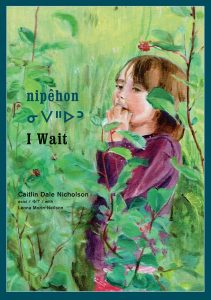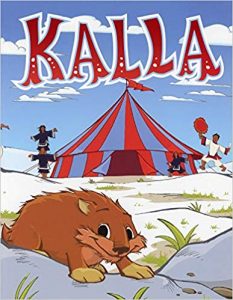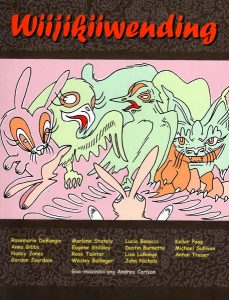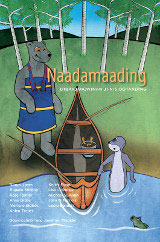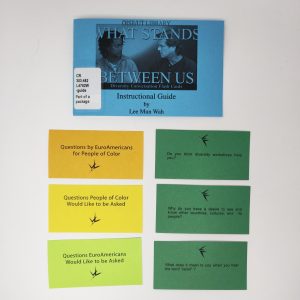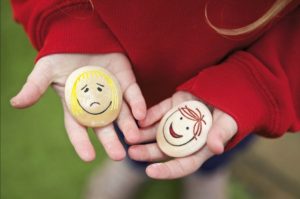Refugee Awareness Week is back at the OISE Library! RAW is an initiative led by OISE graduate student Henry Ssali and the African Alumni Association as part of Black History Month. The event began in 2018, bringing the plight of refugees to the fore as tents, pamphlets, and book displays were set up in the OISE Library, Robarts Library, and the John W. Graham Library at U of T. This year, the event returns, running from February 25 to 28, 2019. A tent will be pitched again in each of these U of T libraries to 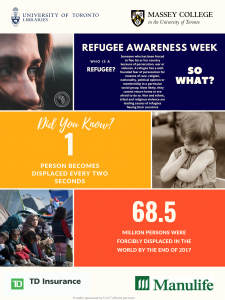 illustrate the living conditions of many displaced individuals, and a RAW panel discussion will be held at Massey College on Wednesday, February 27, from 4:30-7:00 PM.
illustrate the living conditions of many displaced individuals, and a RAW panel discussion will be held at Massey College on Wednesday, February 27, from 4:30-7:00 PM.
In support of the event, the OISE Library is curating a book display related to the experiences of refugees. The display includes titles pulled from academic pedagogical literature, children’s literature, and the library’s curriculum resources for the use of teachers in classrooms. Themes explored in these resources range from issues of disrupted education due to displacement, to how best to support refugee populations in new educational settings. Best practices for fostering inclusive and supportive classroom learning environments for refugee students in both K-12 and post-secondary classrooms can be found in titles like Supporting Refugee Children in Canada: Strategies for Educators, and The Newcomer Student: An Educator’s Guide to Aid Transitions, among others.
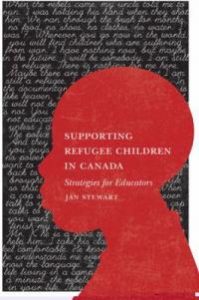
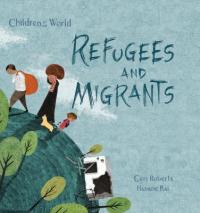 Beyond academia, the OISE Library’s wide selection of children’s literature includes titles that recount the refugee experience and render it relatable for all ages and reading levels. These include picture books, like Refugees and Migrants, and novels, like The Red Pencil, and Refugee. Curriculum resources like Lost Boy, Lost Girl: Escaping Civil War in Sudan and Refugee Education: Mapping the Field can also help teachers to address the plight of refugees in the classroom.
Beyond academia, the OISE Library’s wide selection of children’s literature includes titles that recount the refugee experience and render it relatable for all ages and reading levels. These include picture books, like Refugees and Migrants, and novels, like The Red Pencil, and Refugee. Curriculum resources like Lost Boy, Lost Girl: Escaping Civil War in Sudan and Refugee Education: Mapping the Field can also help teachers to address the plight of refugees in the classroom.
The Refugee Awareness Week tent and book display can be found on the ground floor of the OISE Library next to the entrance for the duration of the event. The tent will be pitched the afternoon of Sunday February 24th, 2019 and will remain up until the afternoon of February 28th.

